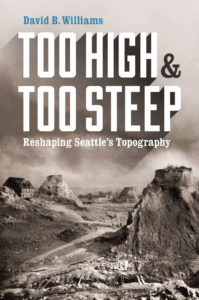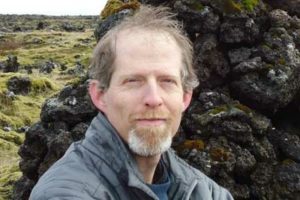About the Talk
Earth as Art
In his 2012 book, “The Sciences and the Arts,” Chemist Harold Cassidy draws parallels between the way artists and scientists view their worlds. He states that “there is no subject that is unfit for the probing insight of the artist, nor is there anything unsuitable for the scientist to examine.”
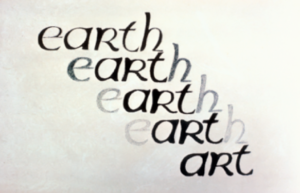 The premise of Dr. Pestrong’s presentation is that Art is central to the Earth, both figuratively and literally. If you cover the first and last letters of the word “Earth”, there is “art”. This is a symbolic indication of how integral Art is to the Earth and how aspects of the Arts enhance our understanding of Earth Sciences.
The premise of Dr. Pestrong’s presentation is that Art is central to the Earth, both figuratively and literally. If you cover the first and last letters of the word “Earth”, there is “art”. This is a symbolic indication of how integral Art is to the Earth and how aspects of the Arts enhance our understanding of Earth Sciences.
A 21st-century paradigm is emerging in which the integration of different fields of knowledge is seen as a necessary goal. When connections are established among otherwise disparate bits of data, more universal theorems and deeper understanding result. Our speaker’s goals, in this context, are to show how aspects of the Arts may be used to generate interest and gain insights into how the Earth works and to demonstrate how logic is not restricted solely to the scientist and that intuition is not the sole realm of the artist.
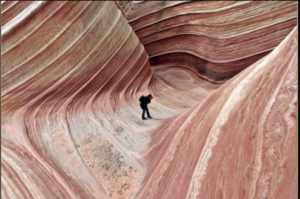
This hour-long program has been shown all across the United State to a broad spectrum of audiences. It was developed as a teaching tool for introductory geology courses, but its wide acceptance is an indication of the profound interest we have in the physical environment. Like the world it reflects, Earth Art is constantly changing as new relationships become apparent; as you’ll see, Earth Art comes in many forms.
About the Speaker
 Ray Pestrong is an Emeritus Professor of Geology in the Department of Earth & Climate Sciences at San Francisco State University. For 44 years, he has taught geomorphology and engineering geology, as well as numerous general education courses in introductory geology. Dr. Pestrong has written college texts and scientific articles and has produced geologic videos. For the past 22 years, Ray has led rafting trips on the Colorado River through the Grand Canyon. What he loves most is teaching and the exciting interactions possible through that venture.
Ray Pestrong is an Emeritus Professor of Geology in the Department of Earth & Climate Sciences at San Francisco State University. For 44 years, he has taught geomorphology and engineering geology, as well as numerous general education courses in introductory geology. Dr. Pestrong has written college texts and scientific articles and has produced geologic videos. For the past 22 years, Ray has led rafting trips on the Colorado River through the Grand Canyon. What he loves most is teaching and the exciting interactions possible through that venture.


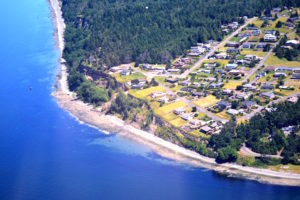
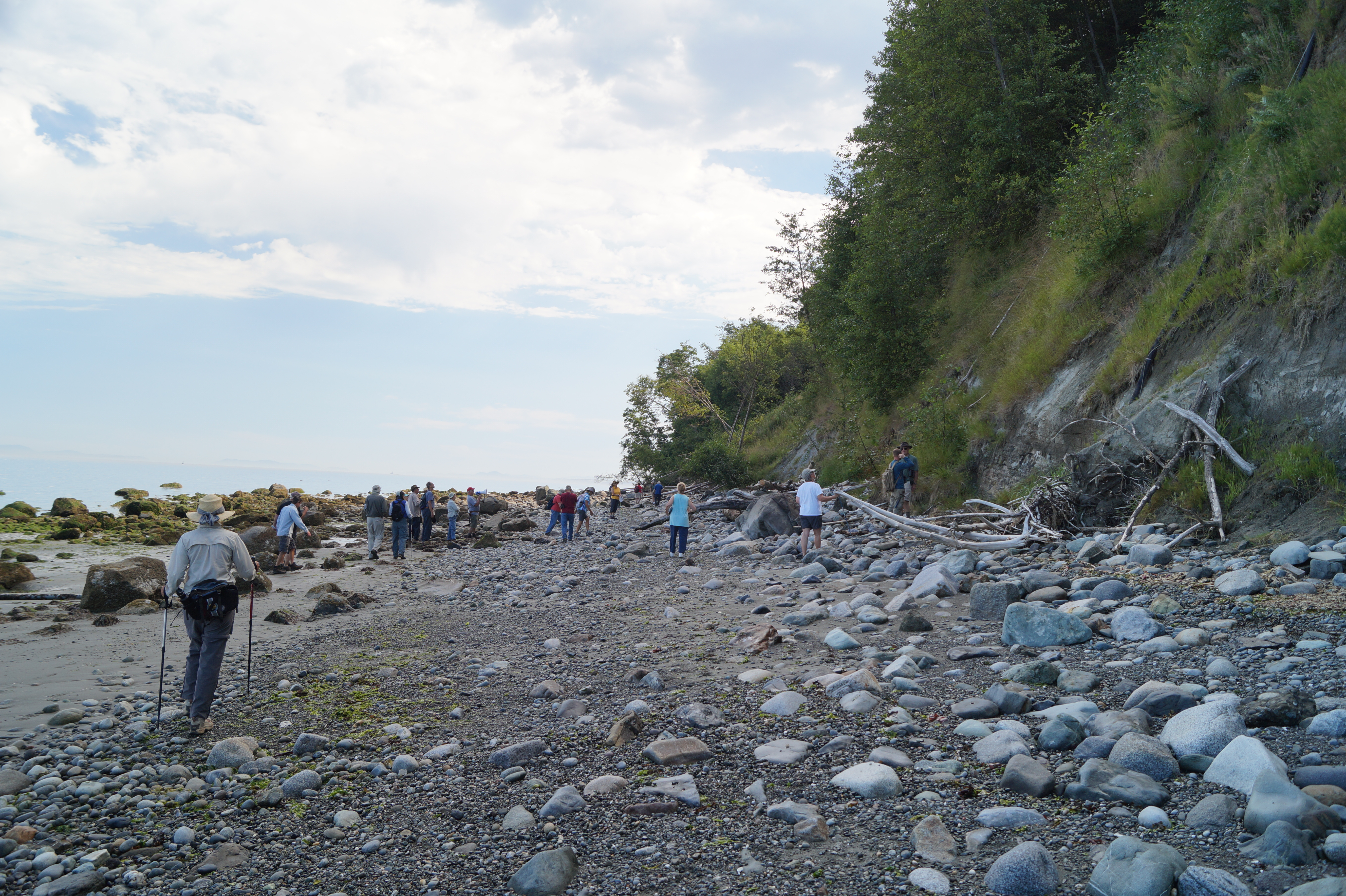
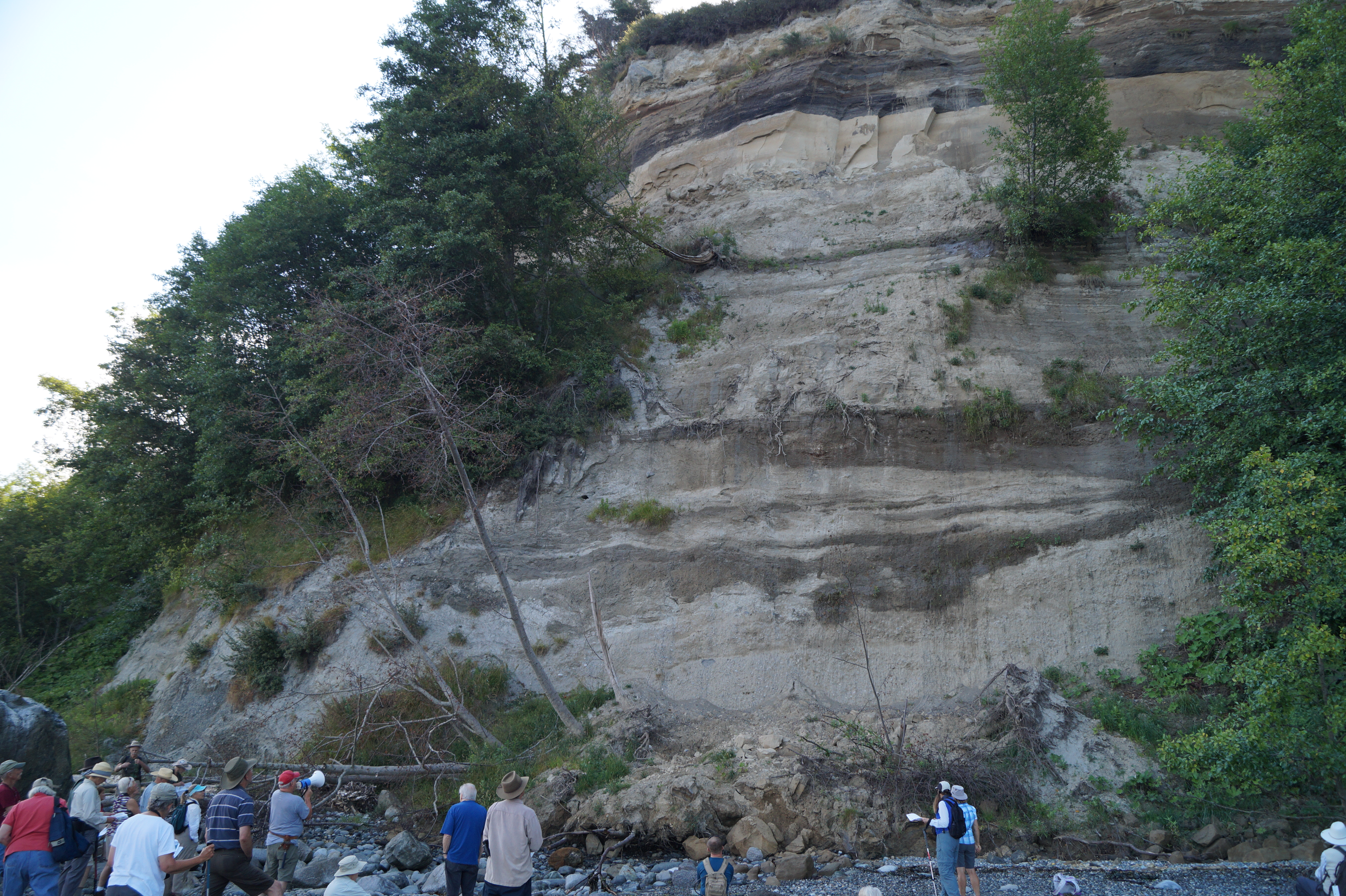
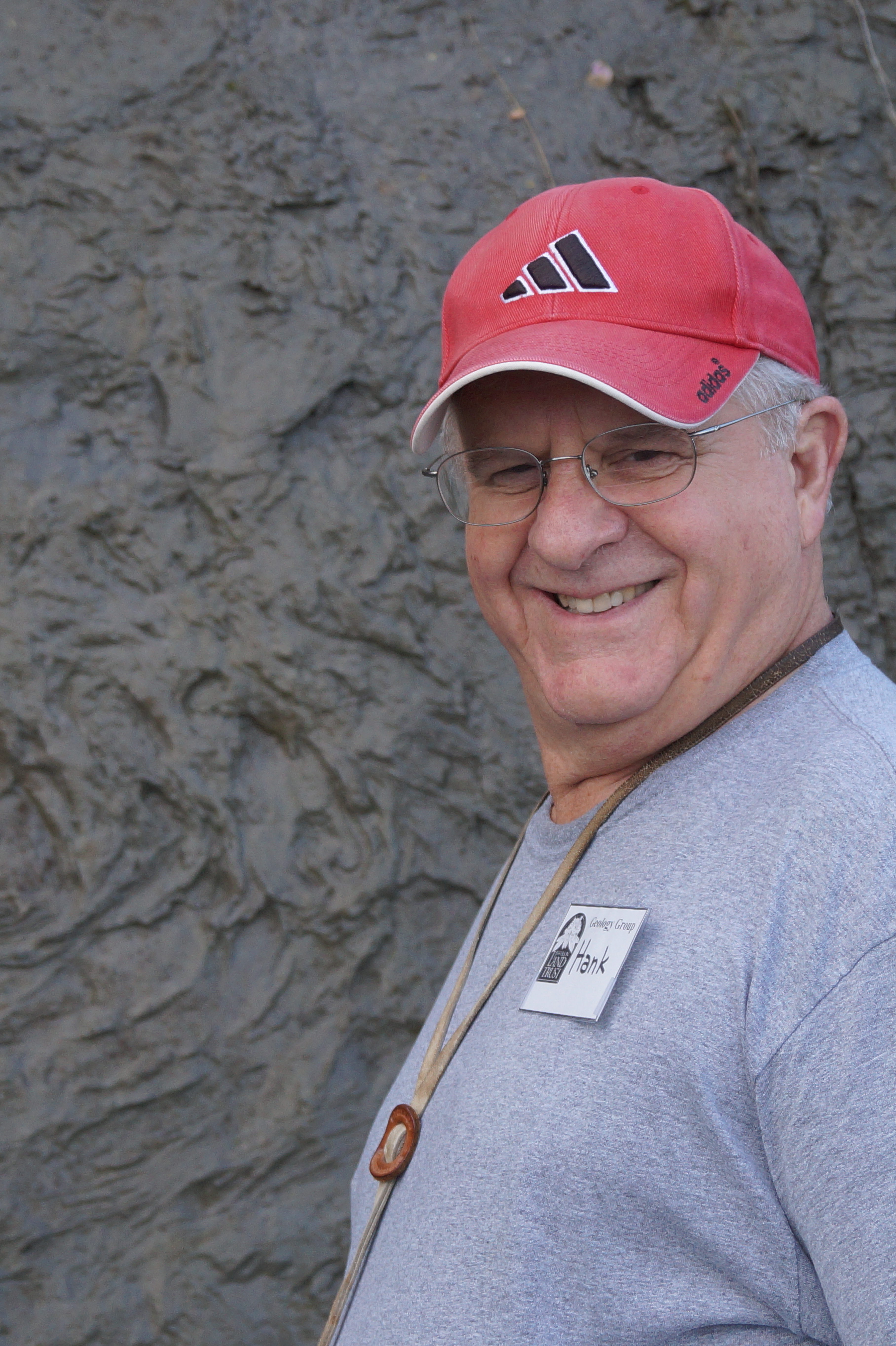 Hank Schasse as a geologist for the Washington State Department of Natural Resources, Geology Division spent much of his career mapping the geology of Washington. Hank is now retired but still loves to share his knowledge of the area of Port Townsend.
Hank Schasse as a geologist for the Washington State Department of Natural Resources, Geology Division spent much of his career mapping the geology of Washington. Hank is now retired but still loves to share his knowledge of the area of Port Townsend.